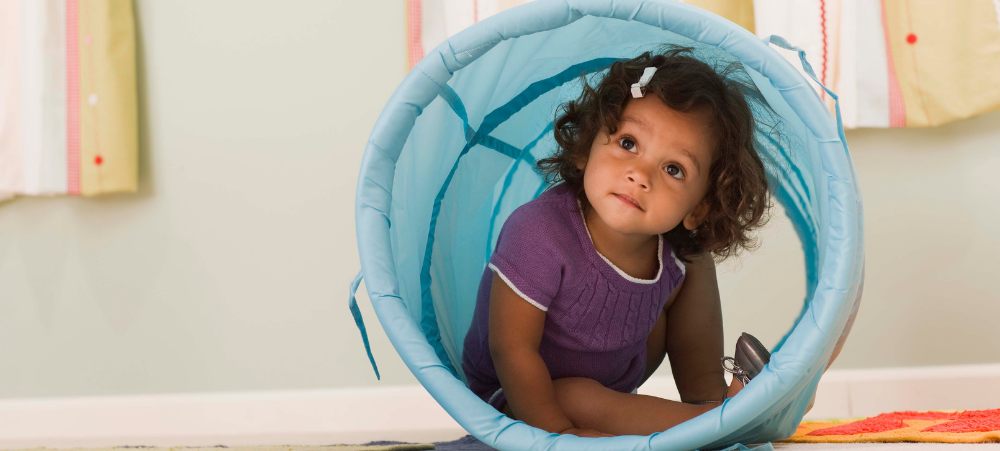
Cartoon Network International Brings Back New Episodes of The Wonderfully Weird World of Gumball in February 2026
Following the phenomenal success of The Wonderfully Weird World of Gumball, which scored a perfect 100% on Rotten Tomatoes, Cartoon Network Africa is thrilled to announce that brand-new episodes will premiere in February 2026. Produced by Hanna-Barbera Studios Europe, the beloved animated series continues its legacy of comedy and creativity with 20 fresh episodes packed with outrageous humour, heartfelt moments, and features original music numbers that bring Elmore to life like never before. The upcoming stories dive further into hilariously bizarre family dynamics and schoolyard chaos. From Gumball facing the most difficult bike ride of his life, to Darwin’s rise as a power-hungry witch, expect Gumball and Darwin to tackle everything from awkward promposals to epic party entrances and uncover secrets through a mysterious diary. Anais also takes centre stage, grappling with premature ageing under family stress, while Nicole teams up with Yuki to impress at Career Day, and Richard schemes to cool off during a heatwave. Beyond the Watterson household, Elmore Junior High becomes a battleground of eccentric challenges, from fighting off an evil guidance counsellor to travelling to the underworld with Carrie. Fans can look forward to spoofs of cult classics, April Fool’s showdowns, and sketch-style episodes exploring the hidden lives of Elmore’s residents. Record-Breaking Performance Gumball’s return to Cartoon Network in October was a cultural moment, launching 20 brand-new episodes and reaffirming its status as the #1 kids’ and family IP across the Cartoon Network ecosystem. In 2025, the series smashed records, drawing 54 million viewers on linear and generating over 150 million organic social media views, plus 28 million social engagements in just 10 days. Gumball continues to dominate with 16 billion lifetime views across YouTube on Cartoon Network channels, 1.8 billion of these in 2025 alone, and over 6.5 million interactions on Cartoon Network’s GameOn! experience on Roblox this year. On TV, it was the most-watched show on the channel, and ranked #1 in its premiere slot in markets including the UK, Poland, Spain, and South Africa, #2 in countries including Turkey, Portugal, and Singapore, plus claimed a top four ranking in Japan. Warner Bros. Discovery, GM, International Kids, Animation and Franchise, Vanessa Brookman says: “It’s an amazing privilege to be able to bring more of this wonderful series to audiences around the world. In a world where kids’ attention is more fragmented than ever, success starts with exceptional content. Gumball’s latest launch proves that when you pair world-class storytelling with a smart, ultra-targeted campaign, you don’t just reach audiences, you spark global conversations and shared experiences. This combination is at the heart of our strategy and why Gumball continues to lead the way in kids’ entertainment.” Created and executive produced by Ben Bocquelet, The Wonderfully Weird World of Gumball is a quarter-hour animated comedy series that blends an eclectic mix of media styles, including 2D & 3D animation, CGI, puppetry, photorealism and live action, into a wildly imaginative world defined by its vibrant visual style and sharp meta humour. Matt Layzell and Erik Fountain serve as Executive Producers and Series Directors. The Composer for the series is Xav Clarke, and Joe Sparrow serves as Art Director. The stellar voice cast includes Alkaio Thiele as Gumball, Hero Hunter as Gumball’s younger brother Darwin, Kinza Syed Khan as younger sister Anais, Teresa Gallagher as Gumball’s mother Nicole, and Dan Russell as his father Richard, among many others.







